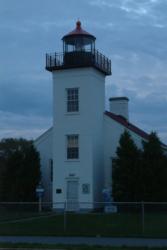’Eye can live in a small town
The character and characters of small towns built around walleye fishing
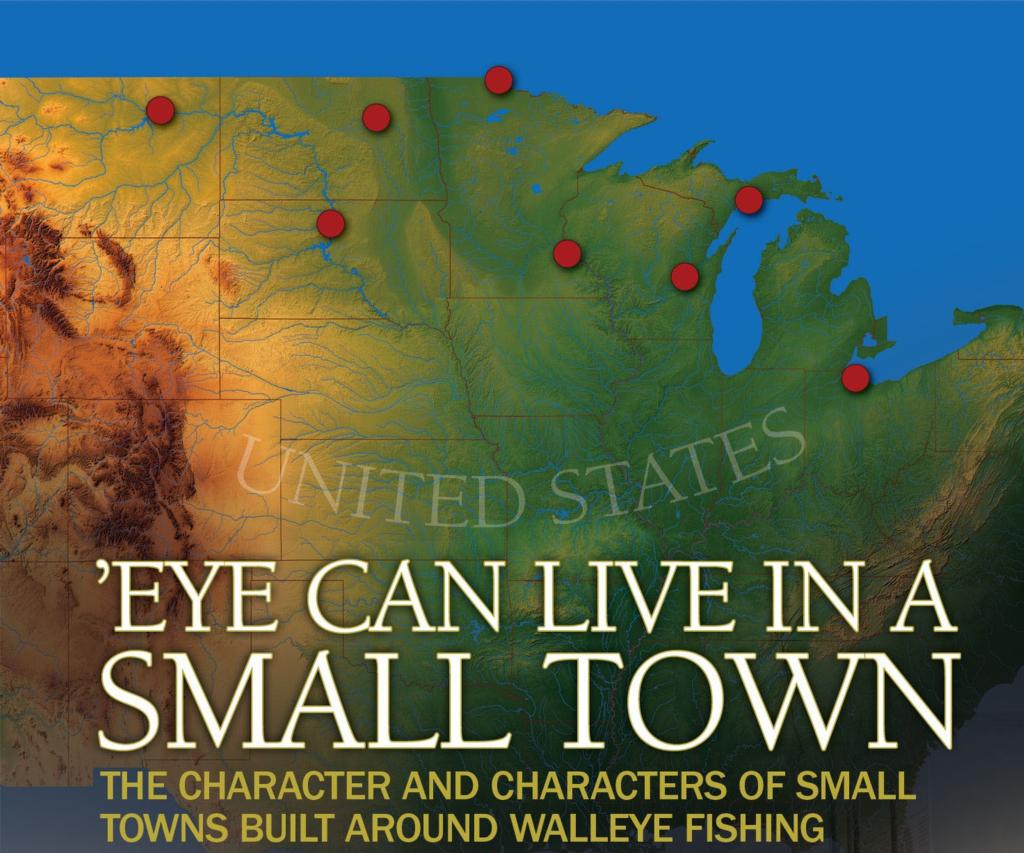
All across this great land, walleyes and walleye fishing go hand-in-hand with small-town hospitality. Think about it. Other than the Great Lakes, most walleye waters are somewhat off the beaten path, often along a lonely back road on the way to other, more distant waters. The small towns rimming their shores – or at least within convenient driving distance – often develop a close relationship with the fishery, relying upon it as a major source of attraction and income. Without it, life would be quite different along the path to walleyes.
We thought we’d take a road trip across America and stop at several prominent, yet small, towns where life revolves, at least partially, around fishing for walleyes. Admittedly, we’re bypassing a number of larger cities where the fishing opportunities may be just as great. Our deciding factor, however, is choosing destinations where walleyes are an important part of the local culture and heritage, not simply another diversion to life in the fast lane.
Port Clinton, Ohio
Talk about a small town with big ‘eyes! Port Clinton has long paced the cultural heartbeat of the Lake Erie walleye fishery, and as walleye fishing in the Western Basin and around nearby Bass Islands goes, so goes the rest of the lake. From charter captains to bait shops to restaurants, the local economy and atmosphere screams, “Walleyes!” The local Wal-Mart perhaps has the largest tackle selection of any Wal-Mart nationwide. The wineries of the Catawba Peninsula and Bass Islands feature vintages with apt names such as Walleye White. A quarter century ago, local singing legend Pat Dailey wrote and performed the song “Big Money Walleye,” and the tune remains en vogue to this day – even 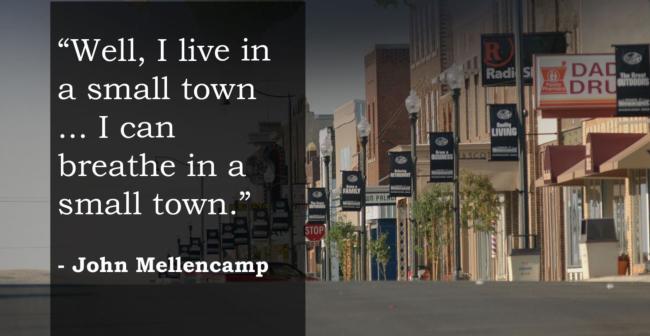 though the local smallmouth bass fishery is second to none.
though the local smallmouth bass fishery is second to none.
While Erie’s Western Basin is the birthplace of drifting and casting with weight-forward spinners tipped with ‘crawlers, the evolution of the lake and fishery in recent years has witnessed a transition to trolling techniques incorporating crankbaits, spinner-crawler harnesses and even spoons. Yet through it all, Port Clinton remains a favorite vacation spot for both anglers and boaters, with ferry service out to the picturesque limestone islands and plenty of lodging, shops, eateries and entertainment upon your arrival. And when they drop the big ball at midnight in Times Square on New Years Eve, all eyes of the walleye world are instead focused on downtown Port Clinton, where the annual Walleye Drop brings folks downtown to celebrate the new fishing season. (portclintonchamber.com)
Baudette, Minn.
This tiny Northwoods town on the banks of the Rainy River boasts a 2 1/2-ton statue of Willie the Walleye greeting visitors to the gateway of massive Lake of the Woods. Spring and fall walleye runs into the Rainy attract a host of anglers to the 40-mile section stretching from the mouth upstream to Manitou Rapids. Once the bulk of the walleyes move out to the big lake sometime in May, the fishing focuses on reefs and shoreline structures until August. At that point, big walleyes migrating across the open basin are fair game for charter boats using a downrigging approach.
Downtown Baudette stretches east-west along the main highway spanning the very top of northern Minnesota. You’ll find a scattering of shops, restaurants and motels, augmented by many fine resorts, rimming the lakeshore and just inside the mouth of the river. Come winter, the area becomes an ice fishing hub of mammoth proportions, with a thriving economy based upon catching walleyes and saugers from the comfort of heated ice houses, with transportation to and from provided by the local resorts. (lakeofthewoodsmn.com)
Red Wing, Minn.
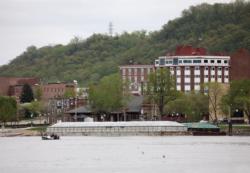 Just a short drive south of the Minneapolis-St. Paul metro area is the historic town of Red Wing, Minn., clinging to the steep bluff bank of the Mississippi River at the head of Lake Pepin. Spring and fall witness annual walleye and sauger migrations right past the doorsteps of visitors and residents, with open-water fishing opportunities immediately below the dam year-round (with the exception of the coldest part of midwinter). Lake Pepin, meanwhile, hosts an outstanding summer and fall walleye and sauger fishery, with ice fishing opportunities in the backwater channels for crappies, bluegills, bass, pike and yes, even walleyes.
Just a short drive south of the Minneapolis-St. Paul metro area is the historic town of Red Wing, Minn., clinging to the steep bluff bank of the Mississippi River at the head of Lake Pepin. Spring and fall witness annual walleye and sauger migrations right past the doorsteps of visitors and residents, with open-water fishing opportunities immediately below the dam year-round (with the exception of the coldest part of midwinter). Lake Pepin, meanwhile, hosts an outstanding summer and fall walleye and sauger fishery, with ice fishing opportunities in the backwater channels for crappies, bluegills, bass, pike and yes, even walleyes.
Red Wing, a popular stop on the Wal-Mart FLW Walleye Tour, is an old river town with a mixture of classic 1880s architecture and new development. The luxurious St. James Hotel is arguably the most famous local landmark, with numerous motels and bed and breakfasts providing other lodging opportunities. Arrive by train and take a riverboat cruise. Antique and boutique shopping, small eateries, and good selections of live bait and river-fishing tackle await your arrival. (redwing.org)
Mobridge, S.D.
The bridge at Mobridge, aka “The Bridge City,” spans the Mighty Missouri River somewhere near the midpoint of gigantic Lake Oahe, simultaneously connecting east and west and creating numerous fishing spots in the eddies along its pillars. Walleyes are the claim to fame here, although more than the occasional pike and smallmouth abound in the many bays lying south of town. A short drive west of the bridge, the resting place of Sitting Bull overlooks the prairie panorama.
The river is the lifeblood of the local economy and wildlife. Geese, ducks and sandhill cranes by the 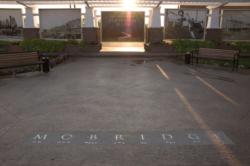 tens of thousands annually migrate above its rough-and-tumble, windswept surface. Cattle and deer graze along its crumbling shale shorelines, finding shade among occasional clusters of trees in an otherwise wide-open, sun-baked environment. Pheasants by the thousands inhabit nearby fields, offering some of the best hunting in the world. In town, a wealth of shopping, lodging and eating opportunities service visitors in search of walleyes, wildlife and waterfowl along this gateway to the West. (mobridge.org)
tens of thousands annually migrate above its rough-and-tumble, windswept surface. Cattle and deer graze along its crumbling shale shorelines, finding shade among occasional clusters of trees in an otherwise wide-open, sun-baked environment. Pheasants by the thousands inhabit nearby fields, offering some of the best hunting in the world. In town, a wealth of shopping, lodging and eating opportunities service visitors in search of walleyes, wildlife and waterfowl along this gateway to the West. (mobridge.org)
Winneconne, Wis.
With apologies to nearby Oshkosh, Fond du Lac and Neenah-Menasha – all considerably larger cities rimming huge Lake Winnebago – Winneconne is a classic north Wisconsin town with walleyes and walleye fishing on the brain. Walleyes annually run up and down the Fox River bisecting the town; each night during the run, dozens, if not hundreds, of people gather to fish with long cane poles off the famous Winneconne Bridge. In fact, upstream on the Wolf River, people fish with the same lengthy poles from tiny floating shacks, likely making this area the cane-pole capital of America. Visitors are welcome to fish from boats as well, and during the spring walleye and white bass runs, you could literally at times hop from boat to anchored boat if you felt so compelled.
Located not quite far enough north to qualify as the Northwoods, Winneconne instead lies with the boundaries of dairy and farm country, home to Green Bay Packers fans dressed in yellow and green and yes, those distinctive triangular yellow cheese hats worn with pride. Shallow lakes Poygan, Butte des Morts and Winneconne, in addition to the river sections and nearby Lake Winnebago, host plenty of boating and fishing traffic with plenty of recreational opportunities. Yet through it all, Winneconne remains largely unchanged – a testament to its longtime fishing heritage. (winneconne.org)
The northern gateway to expansive Green Bay and Michigan’s wild and scenic Upper Peninsula is home to people who refer to themselves as Yoopers -with the “yoop” meaning U.P. That’s opposed to those living in Lower Michigan being Lowpers, meaning they reside below the Mackinac Bridge connecting the Upper Peninsula to the rest of the civilized world. Oddly, you’ll notice a bit of Canadian influence in the local dialect, chiefly in the use of “eh?” at the end of every third or fourth sentence. All of this adds up to some of the friendliest residents and enthusiastic outdoorsmen and women anywhere. If you can catch it, shoot it or trap it, it goes into the pot. Even road kill is fair game during their long, snowy winters, eh?
Escanaba straddles the western shore of Little Bay de Noc, just a short distance by water over to Big Bay de Noc. The Bays lie atop Green Bay, a big-water environment with suspended walleyes, trout, salmon and resident populations of pike, smallmouths and yellow perch. It’s a virtual sportsman’s paradise, afloat or ashore. Trolling tactics are popular for walleyes on the big water, with presentations switching to jigging, rigging, jigging spoons and casting cranks as big walleyes annually migrate into the bays in late fall. Night fishing has grown in popularity in recent years. All in all, it’s a fantastic place to visit with loads of facilities. Again, it is not exactly a small town, but one with plenty of small-town atmosphere. (deltami.org)
Devils Lake, N.D.
A local restaurant in downtown Devils Lake displays on its lobby wall the high-water mark of the nearby lake surface, just in case you were wondering how much water you’d have to deal with should one of the massive levers surrounding the lake suddenly let loose. We’ll just say Shaquille O’Neal couldn’t leap high enough to touch the line. Not by a long shot; nor a slam dunk.
Devils Lake is a prairie oddity – a natural lake that was virtually dry 50-odd years ago during a time of extreme drought, to becoming a gigantic body of water expanding many times over during recent 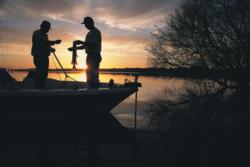 record snowmelts, flooding countless thousands of acres, farms, fence lines, nearly a million trees, roadbeds and a wealth of walleye structure. Walleyes, pike, white bass and jumbo perch abound, and with the diverse structural content comes a wide variety of fishing patterns ranging from bottom-bouncing to slip-bobbers to casting and trolling crankbaits to a thriving ice fishery, especially for yellow perch. A high saline content fuels the growth of billions of freshwater shrimp, and the fertile, dark water produces some of the largest yellow perch in North America. The sizes of the walleyes, pike and white bass aren’t bad, either.
record snowmelts, flooding countless thousands of acres, farms, fence lines, nearly a million trees, roadbeds and a wealth of walleye structure. Walleyes, pike, white bass and jumbo perch abound, and with the diverse structural content comes a wide variety of fishing patterns ranging from bottom-bouncing to slip-bobbers to casting and trolling crankbaits to a thriving ice fishery, especially for yellow perch. A high saline content fuels the growth of billions of freshwater shrimp, and the fertile, dark water produces some of the largest yellow perch in North America. The sizes of the walleyes, pike and white bass aren’t bad, either.
While far from being a tiny town, Devils Lake still retains its small-town flavor and character. There’s a definite western theme, with steak foremost upon the menu and friendly folks to grill it up for you. (devilslake.com)
Glasgow, Mont.
Tradition is that following the annual Governor’s Cup Walleye Tournament, the winner is driven by golf cart at high speed down the boat launch and into the lake with a dramatic splash, much to the delight of the cheering crowd. Not a bad thing, really, since it cools you off. Midsummer temperatures routinely hit 100 degrees here, well out on the prairies, still some distance from the foothills of the Rockies. Yet despite the heat, huge Fort Peck Reservoir, with its deep water and hundreds of coves, is home to world-class walleyes, saugers, pike, perch, smallmouths and even lake trout and salmon. There’s something for everyone in a remote western setting where you’re more likely to see mule deer or whitetails along shore during a day’s fishing than you are to see another boat. It is big water in Big Sky Country for sure.
Fort Peck Reservoir is the frontier, plain and simple. And a short drive north of the dam, the town of Glasgow is a frontier town, plain and simple. There is beef for dinner and beef for dessert. There are cowboy hats galore in blue-jean heaven. Glasgow has plenty of places to stay and eat and even some to shop, in town. Out on the big lake, however, it’s a long way between boat accesses, and an even longer distance between gas stops. Better bring plenty of gas and water. You’ll need them both in a bit rockier environment than the big plateau impoundments of the Dakotas; although it is just as scenic, if not more.
If you like to ice fish, this is a great place to explore. Just do it in groups for safety, because you’re a long way from anywhere. (glasgowmt.net)
“Got nothing against a big town,” the song goes. Heck, large cities rimming the Great Lakes host some of the best trophy-walleye fishing on earth. But as far as combining small-town atmosphere, hospitality and intriguing characters, in conjunction with catching a mess of fish, the nod goes to small towns whose reputations, economies and identities go hand-in-fin with walleyes.
